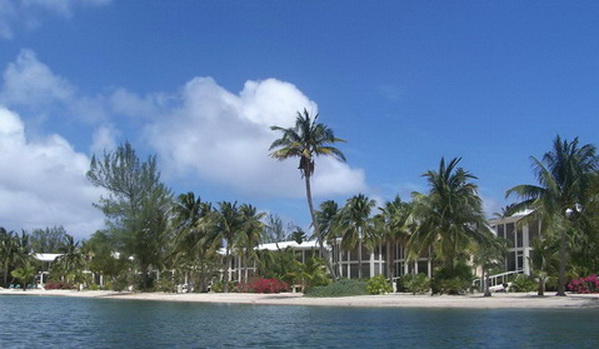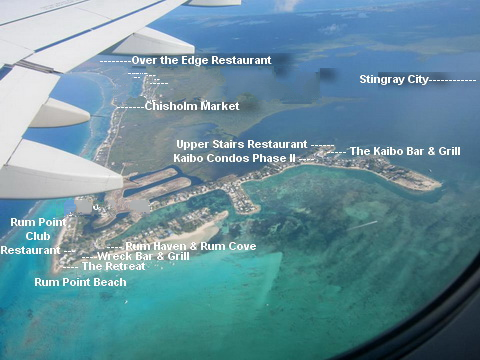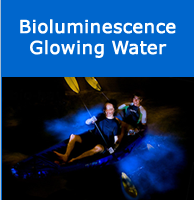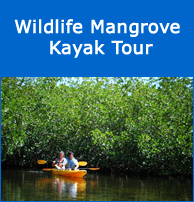|
|
|
|
| "Cayman Kai Vacations" chosen best Privately Owned Properties |
- Specializing in offering the
- Island Houses of Cayman Kai
- Vacation Rentals, Rental Management, & Investment Properties
- in the Cayman Kai/Rum Point Grand Cayman, Cayman Islands
- Specializing in offering
- Villa's, Condominiums
- Vacation Rentals, Rental Management & Investment Properties
- in the Cayman Kai/Rum Point & North Side area Grand Cayman, Cayman Islands
- click on to print page
- "Bio-Cove"
- Nature's Light Show in Sand Pointe Cove
- for the Guests of The Island House of Cayman Kai
- (Only seven Bio-Coves in the World)
|
|
|
|
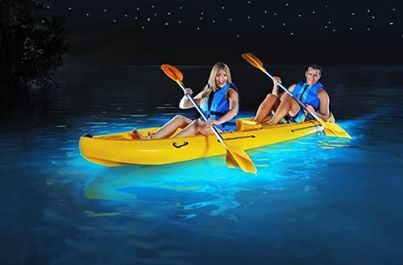 |
Guests of The Island Houses of Cayman Kai have direct free access using their kayaks to the “Bio-Cove”: an amazing light show produced by nature. The ecosystem of our Sand Pointe Cove has just the right factors to support a colony of microscopic organisms in such intensity that reportedly is found in only about a dozen places on earth. During your stay at a Island House, on any dark night - whenever the moon is either not yet risen or has already set - you have the ideal equipment and location to go and see this phenomenon taking place in the tranquil sea water in the cove just off the beach in front of your vacation home!
How do you see it?
Two Ways......
Launch your kayak and paddle out to the very middle of the cove - away from the lights of the homes around the cove - then pedal in reverse and watch the water light up right in front of you! Everywhere you disturb the water you will see the illumination of millions of tiny blue-white luminous emissions of the microorganisms.
If you would rather have a professional team take you and your family out in the cove please use
Click on picture to view their web site to get detail information.
They can offer these tours
Here is part of the description given by one observer who came on a kayak tour to our cove: “It takes your breath away and is almost indescribable is the Bioluminescence. You paddle to a cove full of glow-in-the-dark ‘water’. You stir up the water and it’s a glowing cloud of light … It has to be pitch black to get the best effect ... When the fish streak by, they leave a trail of light like fireworks, leaving you speechless.”
What is it?
First of all, contrary to the description on some websites this body of water that’s our “backyard playground” at The Island Houses of Cayman Kai is not a lagoon! It is properly defined as a cove. It is a sea-water inlet off the north-east side of the North Sound, and the water depth through the inlet is around 7 feet or more depending on the tide.
Because the prevailing winds are from the east-northeast, and the cove opens to the sound at its south-west corner, there is usually little or no wave action in the cove and only slight “water exchange” between the cove and the sound. That’s one of the factors necessary for maintaining the cove’s thriving population of the bioluminescent microorganisms that are invisible in the clear water during the day, but produce millions of points of light when they sense anything moving the water around them at night.
Bioluminescence
is the emission of visible light by a chemical reaction taking place within an organism, and may occur either voluntarily or involuntarily. {This is different to fluorescence which is the involuntary emission of light when an organism is subjected to ultraviolet light.}The primary source of this bioluminescence in the shallow waters of our cove is a biochemical reaction in single-celled microscopic marine organisms of a group called dinoflagellates. These are a group of microscopic algae most of which have a circadian rhythm that includes photosynthesis in the daytime and the ability to emit bioluminescence at night.
Why & How is Bioluminescence triggered?
Includes extracts from
Bioluminescence by Amma Asare
http://www.milton.edu/academics/pages/marinebio/biolum/html
Dinoflagellates are very sensitive to anything that pushes on their cell wall. When you use a paddle or anything else to stir up the sea water around them, they sense it and it causes them to flash.
Scientists speculate that there are four natural uses for bioluminescence, which occurs for example in various species of marine creatures of various sizes and depths of habitat. The first is to escape predators. Many organisms only trigger luminescence when frightened or in danger. A sudden burst of light can blind of confuse predators, giving the organism a chance to escape. Organisms also use the technique of counterillumination by directing their glow downward at the correct angle, wavelength and intensity to make their shadows disappear. A predator hunting on the ocean floor looking for shadows of potential prey will be confused by this technique. Organisms also use their glow on specific parts of their body to blend in with sunlight filtering through the water. Another purpose for bioluminescence is to attract prey. Predatory fish use dangling lights or glowing spots inside the mouth as lures for other fish. A third natural purpose is courtship. For many species the glows identify males from females. During mating seasons organisms will glow differently than usual, showing their readiness to mate. The final purpose of bioluminescence is communication. In groups of bacteria a population density must be reached before bioluminescence will occur. Bioluminescence may be triggered by an intermolecular message between cells. Whether or not this message can be transmitted between organisms is unknown. Also the patterns of flashing light are believed to be methods of communication between organisms of the same species.
The chemical reaction responsible for the production of light bursts begins with a luciferin, a light emitter. This chemical is either acquired through the food chain or synthesized within the organism itself. Different types of organisms use different luciferins for their reactions. There are believed to be about six different types of luciferin molecules. The luciferin reacts with another chemical called the luciferase, salt and oxygen resulting in a burst of light and water. At times the necessary reactants are bound together in a single unit called the photoprotein. This molecule can be triggered to produce light by another ion, generally calcium (Ca+2).
Luciferin + Luciferase + Oxygen + Salt → Light + Water
- "The Island Houses of Cayman Kai",
- Villas & Condominiums
- Vacation Rentals, Rental Management & Investment Properties
- in the Cayman Kai/Rum Point & North Side area Grand Cayman, Cayman Islands

- Click on to print page
- Click on to return to
| Home Page |
This site was last updates: 02/19/20 12:39 PM








.htm_cmp_rmnsque100_vbtn.gif)


















































.htm_cmp_rmnsque100_vbtn.gif)















